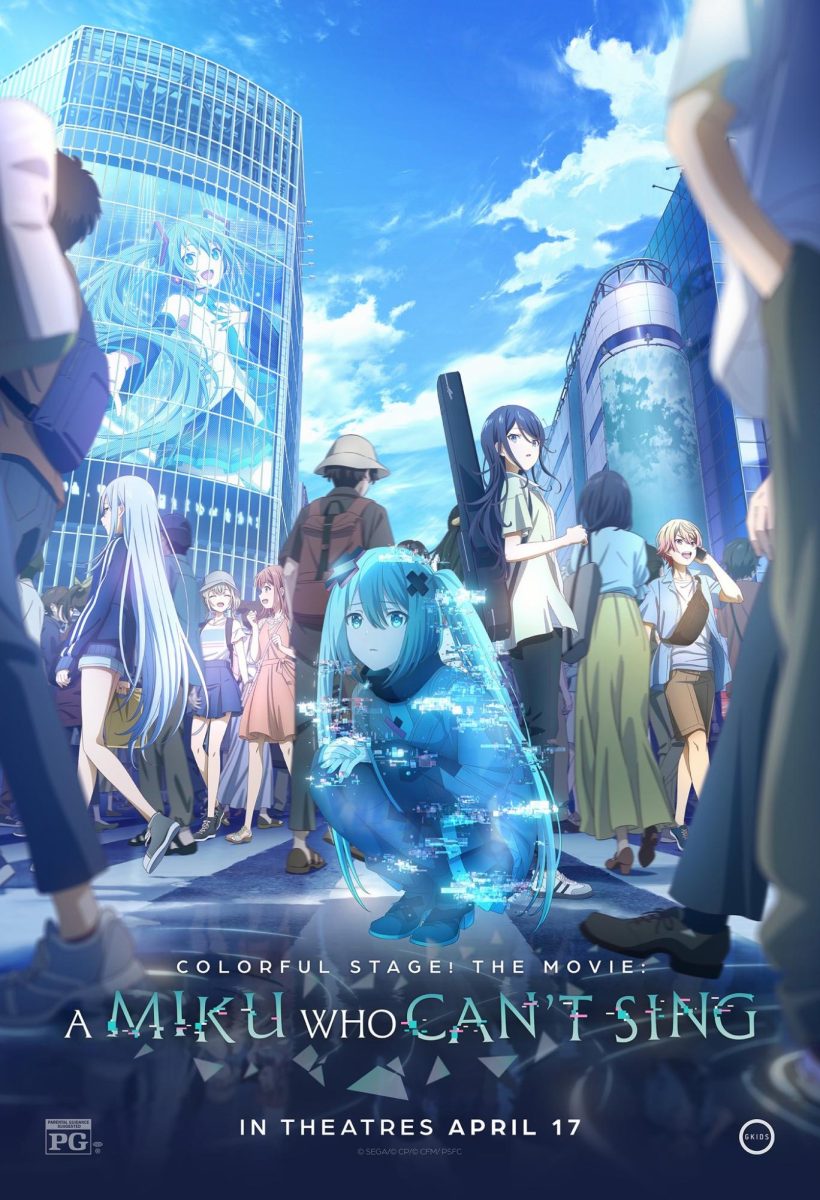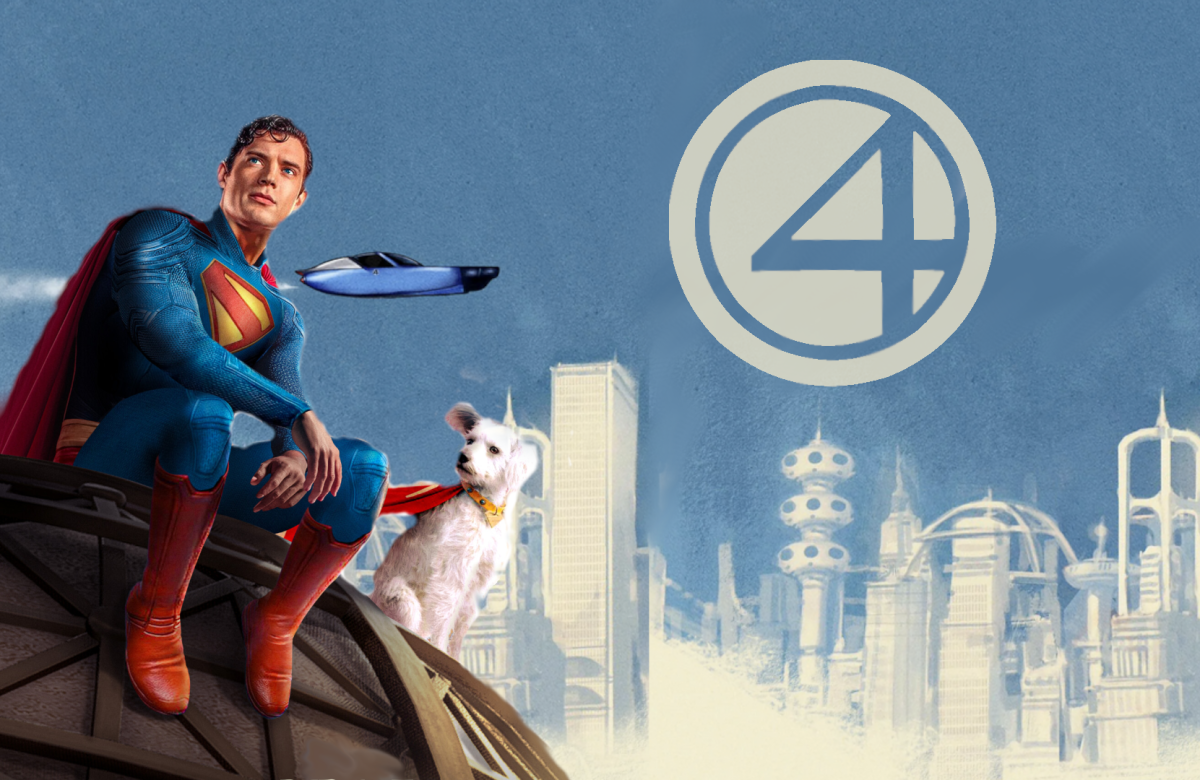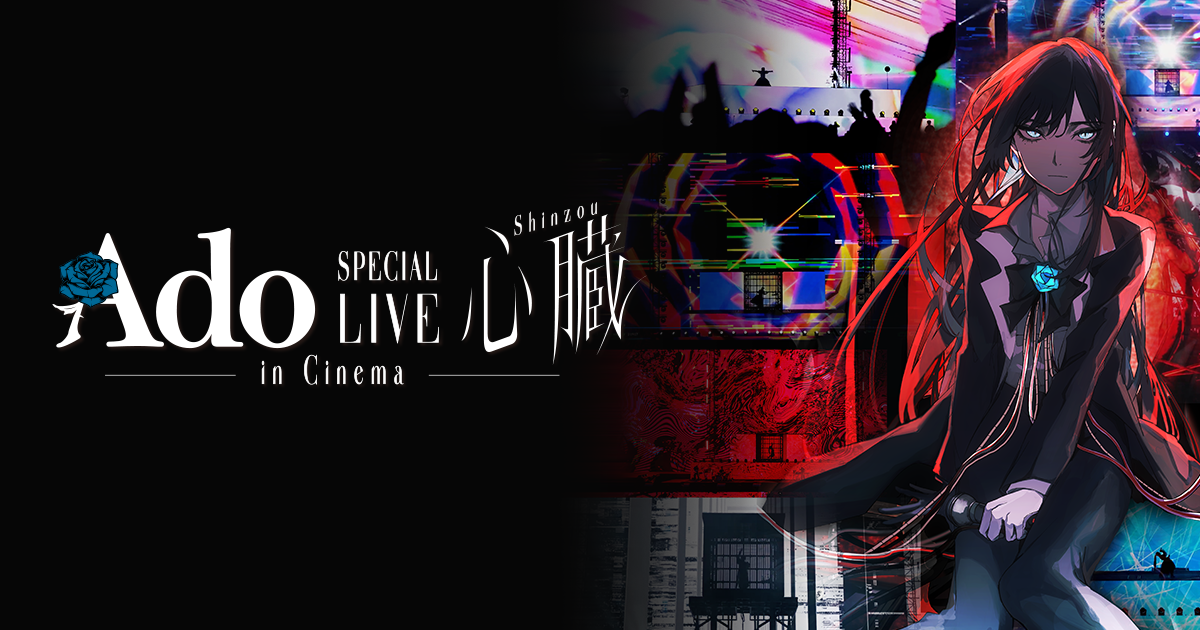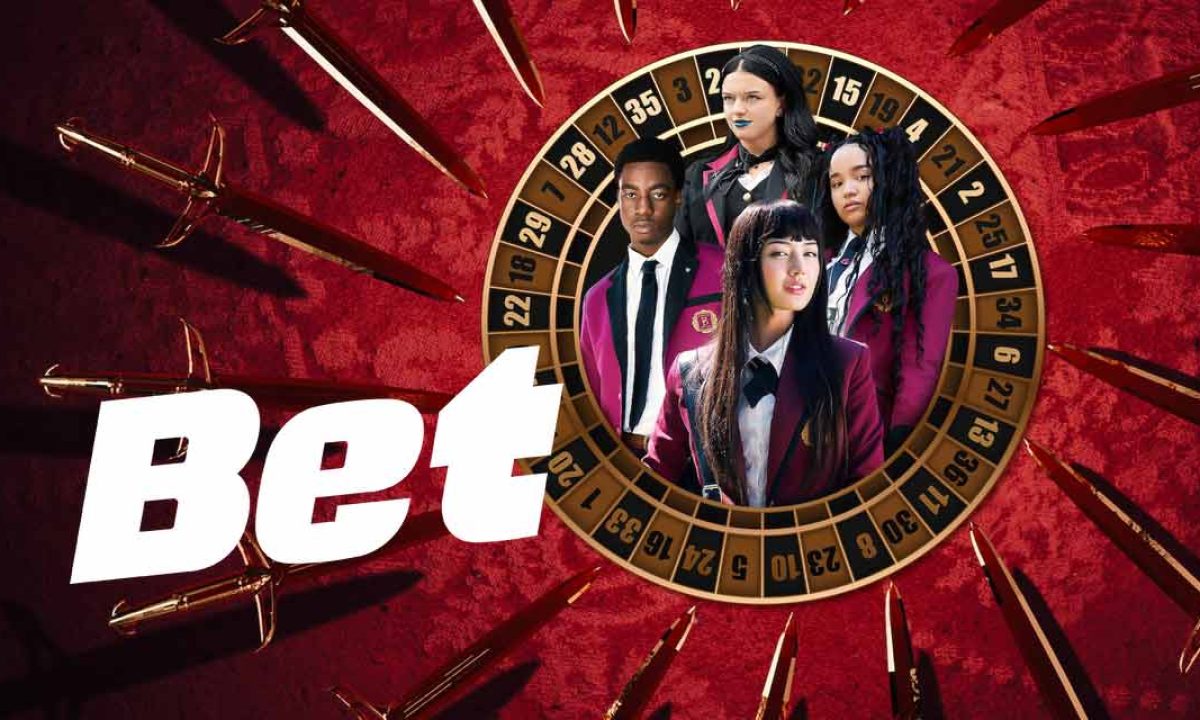“COLORFUL STAGE! The Movie: A Miku Who Can’t Sing” is a Japanese animated musical drama movie based on the mobile rhythm game “Hatsune Miku: Colorful Stage!”
This is considered the first movie to feature the vocalist Hatsune Miku. She started as a voicebank in August 2007. Originally marketed as a virtual idol, Miku has become a global icon with a massive fan base and numerous collaborations.
Researching or, at the very least, playing the video game “Hatsune Miku: Colorful Stage!” is advised prior to the movie. To really enjoy it, however, you must have seen ProSeka (a common shortened nickname for the rhythm game) beforehand because the movie doesn’t take the time to introduce all its characters. Knowing these things will greatly improve your comprehension of the story and the movie’s concepts.
Your enjoyment of the movie will be better compared to going in blind. If you have background knowledge of Vocaloid in the early days, there will be references in the movie that you may know about.
Although it can be challenging to identify the characters, you are not required to follow the recommendations. The best choices would be to play the game. Visit/ProjectSekai on Reddit, or watch@Missed Combos with Laura Neuzeth’s YouTube video, “What you should know before watching Project Sekai Movie.”
You could also watch the recaps and summaries from the official “Hatsune Miku: Colorful Stage!” channel to learn more about the groups. As a reminder, I emphasize watching the video and reading Reddit threads as the movie’s timeline takes place between their first year as first-year students and before the third anniversary. Post-Journey to Bloom, Pre-Brand New World.
The movie features five musical groups: Leo/need, More More Jump, Vivid BAD SQUAD, Wonderlands x Showtime and Nightcord at 25:00. Each group has a unique theme and is associated with a specific SEKAI (a parallel world where the characters interact with Virtual Singers). The plot revolves around a new Miku who turns to these groups for support during her own difficult SEKAI. This movie similarly centers on Miku’s journey to utilize music to communicate with others after realizing that her voice is insufficient to reach the people who are experiencing depression and contemplating abandoning their various musical and artistic ambitions.
Visually, the movie excels at conveying a very warm and welcoming atmosphere. It seems to put less effort into attempting to look absolutely stunning in nearly every frame, and focuses more on a calm, natural representation of its locations in Japan, making you want to step through the screen and explore some of the places that many ProSeka players knew from the game.
Musically, it is more than great. DECO*27’s new unit songs were distinctive to listen to in their own right. I even listened to them repeatedly. Since many of your favorite songs make cameo appearances in the movie, whether you’re a fan of ProSeka or DECO, you might be thrilled to hear them. How well Miku and the other Vocaloids sounded in their voicelines also caught me off guard. Their spoken lines seemed much more natural than their in-game lines, perhaps due to the theater’s superior sound quality.
Furthermore, I was pleased by the nearly two-hour runtime. I would even venture to say that the movie’s informal scenes gave me a strong sense of inclusion, as though I were listening to the characters’ conversations. I also frequently get that sense from the game. I frequently felt like that extra person standing off to the side, listening to their pals talk, just like I would in real-life conversations.
Throughout the movie, there were several, if not many, memorable moments that moved me to tears. I identified with the general message the movie conveyed since it addresses and depicts some very genuine and realistic subjects.
People who are very passionate about something they love, or very hardworking, face a lot of pressure from society, or even from themselves. People who try their hardest, yet think they aren’t enough, and cry themselves to sleep, wishing they could disappear from the Earth’s surface.
People who put so much love and care into creating something and then tear it down, because they doubt their abilities and think about quitting. “I don’t care,” “I wish I could disappear,” “I’m trapped.” People with dreams without a guarantee for success or an easy way to the top, and those who feel like their whole life is balancing on a tightrope. Those kinds of people are the movie’s target audience.
As someone who struggles with what their dream is and is always concerned about what they feel, it made me express my emotions. I found the message of the movie was very inspiring, encouraging and hit way too close to home for me not to cry a few times through it. It may not be for everyone’s perspective, but I believe they unintentionally created a very emotionally significant piece of media for a group of people who really needed it.
Furthermore, it definitely lived up to the hype it got in Japan. It managed to keep a perfect balance between its own original story and showing us little details of our beloved game’s exclusive characters’ dynamics and personalities.
Unfortunately, the movie is no longer in U.S. theaters. It was limitedly aired from April 17-20. I’m delighted I saw it twice, but I wish I had seen it all four days in the theater I attended. As promotional materials, staff distributed 3D postcards before people entered the auditorium. Thankfully, I got one the first time watching and three the second time.
I wish everyone lots of fun and an incredible time when it comes out. Whether you’re at home once it gets released on DVD/Blu-ray/streaming services, sit through the credits for something special!
















Cidster • May 16, 2025 at 6:33 am
Ms. Jayce Madamba, I absolutely and very positively agree with you. For me, when I came home after I saw “Colorful Stage! The Movie: A Miku Who Can’t Sing,” on April 25th, 2025, I wrote down my personal opinions about the movie on my notebook. This is what I wrote:
“When I first watched the movie, under the title “Colorful Stage! The Movie: A Miku Who Can’t Sing,” in a Robinsons Magnolia (movie) theater, I initially want to see another animated (or anime) film in the movie theater because it was pretty rare of me to do so for anime films other than watch them (and anime television series) on Netflix. But this one, a musical drama with excellent animation, marvelous music, and a thematically touching plot, was really entertaining and kept me glued to my seat and the screen the entire time. Although I wasn’t too familiar with the original game and/or the huge ensemble of characters from their five respective music units, I (honestly) didn’t care about that. They, along with the Virtual Singers corresponding to their own worlds and the “Broken-World Miku,” still significantly contributed to becoming part of a story that’s told in a fun and wonderful way but also in an emotional and motivating way. Additionally, the songs that were composed by DECO*27 in the film’s climax/resolution, each for the five original music units and in their respective genres of music, were a VERY NICE touch. Overall, it was a very great film and a splendid animated masterpiece in its storytelling and major combined elements of drama and music.
But the best part of it all (for me) was the After Show! I wasn’t expecting for it to happen after the film had ended, but I was completely mind-blown right away! I’ve never been to an actual J-Pop concert or a Miku concert before, and I didn’t have real glowsticks to dance with or move with to the beats, but I’ve wanted to thank Miku (and her Virtual Singer friends) very much for cheering me up and making me smile with a special re-performance of “Hello, Sekai” and lighten both my heart and movie-watching experience more (even after I was focusing on preparing for college review classes and resting from an exhausting-and-rushed academic year as a senior high school student). It’s as if a childhood message that I heard once literally got to me years later: “if I can’t come to the show, then the show can come to me.” (The same goes for everyone who doesn’t usually go or never go to actual Miku concerts before.) It was really, really nice and sweet of her to hear her heartfelt and entertaining song after the film and it made me think that Hatsune Miku herself is a motivation for me to travel to Japan with my family (for the very first time) and perceive her not only as a creation of Vocaloid software and an innovation of technology in music from Japan but also as someone who brings communities, people, and/or music lovers together with hope, motivation, connection, and togetherness with music, not only in Japan, but also around the entire globe (even if she’s a holographic projection/Virtual Singer).
Although I appreciate the beauties of Studio Ghibli’s animated films and the music composed by Joe Hisaishi, this first-time “Hatsune Miku” film was one of, if not and other than Ghibli films, the BEST animated (or anime) films that I’ve ever watched yet!”
What matters to me in animation in general, including anime, is the storytelling, because it reminds me of the words of Alan Becker, a popular web animator/YouTuber who ran his “Animator vs. Animation” franchise on his channel and the Internet for 19 years — “If you want to become an animator (on YouTube or in general), focus on your storytelling, not your animation quality. Improving your animation quality is always great, but what engages people is the story that you’re telling.”